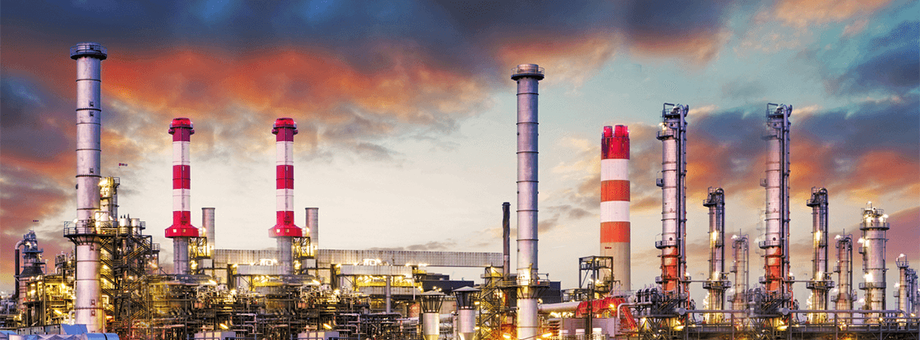Machinery And Equipment Valuation is a critical process for businesses that rely heavily on these assets. Whether for the purposes of buying, selling, financing, insurance, or taxation, accurately valuing machinery and equipment is essential to ensure informed decision-making and financial stability.
Importance of Machinery And Equipment Valuation
The valuation of machinery and equipment plays a significant role in various business scenarios. For companies looking to sell their assets, an accurate valuation ensures that they receive a fair market price. Conversely, buyers rely on these valuations to avoid overpaying. Financial institutions also use these valuations to assess collateral value when providing loans, while insurers need precise valuations to determine appropriate coverage and premiums.
Factors Affecting Valuation
Several factors influence the valuing of machinery and equipment. These include the age, condition, and functionality of the equipment. Older machinery might depreciate in value, but if it has been well-maintained or upgraded, it can still command a high price. The technological relevance of the equipment also plays a crucial role—outdated technology can significantly reduce value.
Market demand is another critical factor. High demand for certain types of machinery can drive up their value, while a saturated market may lead to lower valuations. The location of the equipment can also impact its value due to transportation costs and local market conditions.
Methods of Valuation
There are several methods used in machinery and equipment valuation:
- Cost Approach: This method considers the replacement or reproduction cost of the machinery and equipment, subtracting any depreciation. It's particularly useful for newer equipment.
- Market Approach: This method compares the machinery to similar items that have been sold recently. It's effective in active markets where comparable sales data is readily available.
- Income Approach: This method is based on the future economic benefits that the machinery and equipment will generate. It's often used for equipment that contributes significantly to a company’s revenue.
Challenges in Valuation
One of the primary challenges in valuing machinery and equipment is obtaining accurate and relevant data. Market conditions can fluctuate, and technological advancements can rapidly change the value landscape. Additionally, unique or highly specialized machinery can be difficult to compare and value accurately.
Conclusion
Machinery And Equipment Valuation is a nuanced field that requires expertise and a thorough understanding of market dynamics, equipment condition, and applicable valuation methods. Accurate valuations are crucial for informed decision-making in buying, selling, financing, and insuring machinery and equipment. As markets evolve, staying informed about the latest trends and methods in machinery valuation is essential for maintaining financial health and making strategic business decisions.





Comments